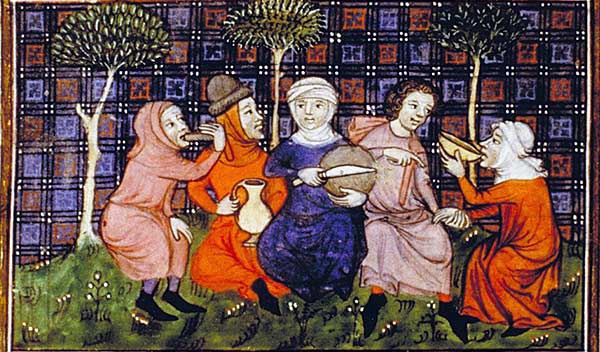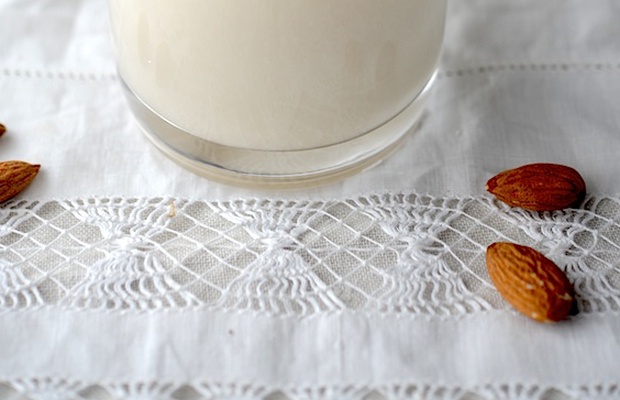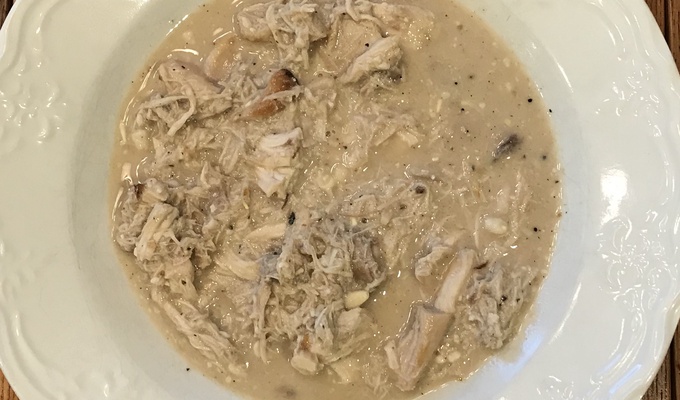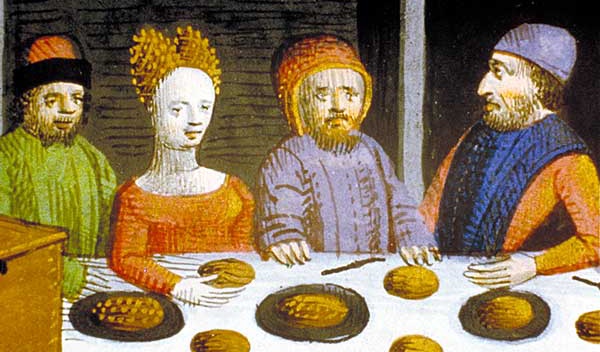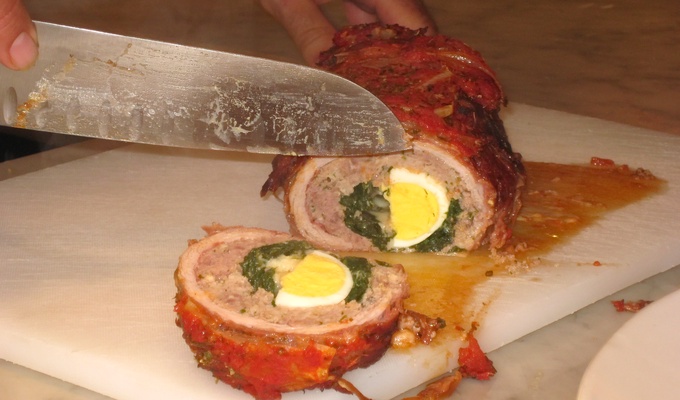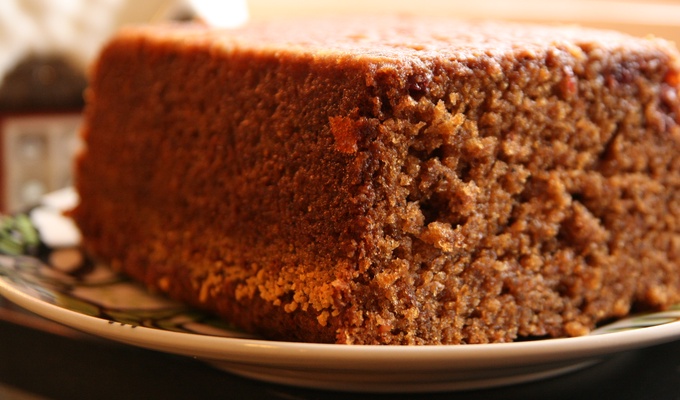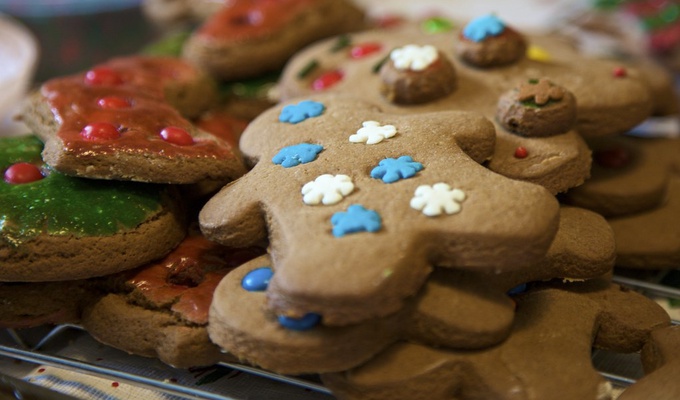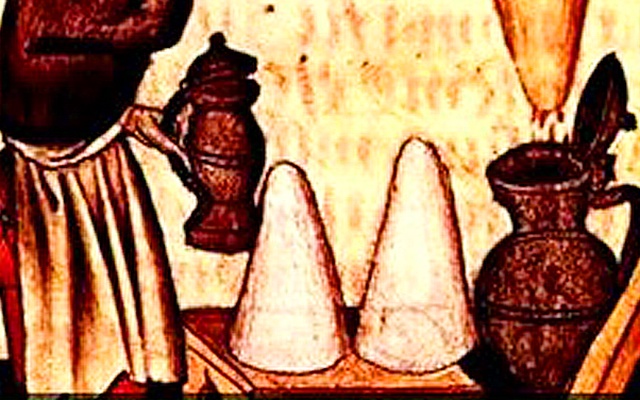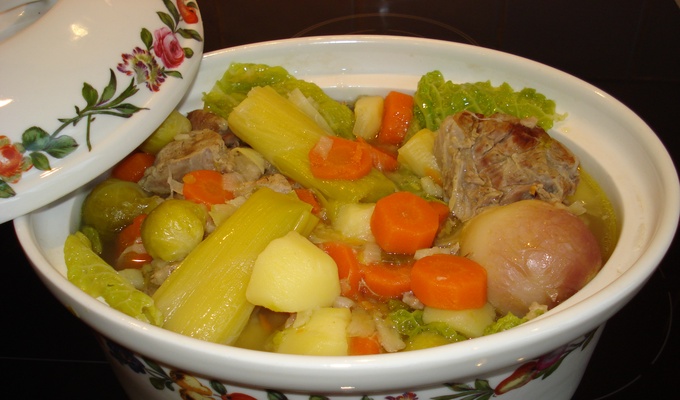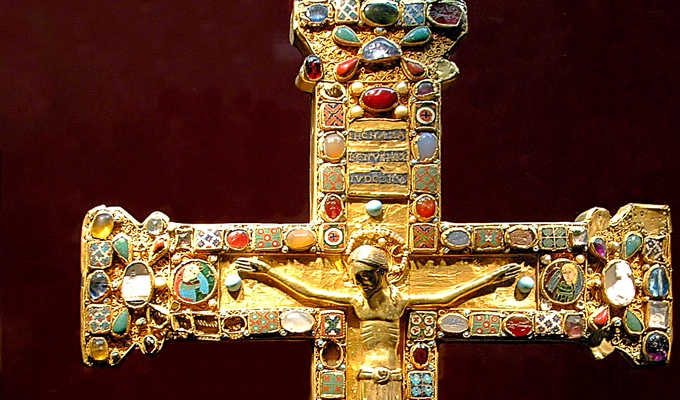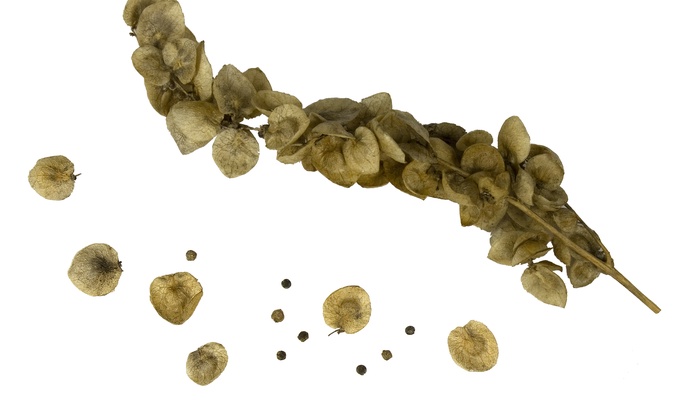Medieval cuisine includes foods, eating habits, and cooking methods of various European cultures during the Middle Ages, which lasted from the fifth to the fifteenth century. During this period, diets and cooking changed less than they did in the early modern period that followed, when those changes helped lay the foundations for modern European cuisine.
Cereals remained the most important staple during the Early Middle Ages as rice was introduced late, and the potato was only introduced in 1536, with a much later date for widespread consumption. Barley, oats, and rye were eaten by the poor. Wheat was for the governing classes. These were consumed as bread, porridge, gruel, and pasta by all of society's members. Cheese, fruits, and vegetables were important supplements to the cereal-based diet of the lower orders.
Meat was more expensive and therefore more prestigious. Game, a form of meat acquired from hunting, was common only on the nobility's tables. The most prevalent butcher's meats were pork, chicken, and other domestic fowl; beef, which required greater investment in land, was less common. A wide variety of freshwater and saltwater fish was also eaten, with cod and herring being mainstays among the northern populations.
Slow transportation and food preservation techniques (based on drying, salting, smoking, and pickling) made long-distance trade of many foods very expensive. Because of this, the nobility's food was more prone to foreign influence than the cuisine of the poor; it was dependent on exotic spices and expensive imports. As each level of society imitated the one above it, innovations from international trade and foreign wars from the 12th century onward gradually disseminated through the upper middle class of medieval cities. Aside from economic unavailability of luxuries such as spices, decrees outlawed consumption of certain foods among certain social classes and sumptuary laws limited conspicuous consumption among the nouveaux riches. Social norms also dictated that the food of the working class be less refined, since it was believed there was a natural resemblance between one's labour and one's food; manual labour required coarser, cheaper food.
A type of refined cooking developed in the Late Middle Ages that set the standard among the nobility all over Europe. Common seasonings in the highly spiced sweet-sour repertory typical of upper-class medieval food included verjuice, wine, and vinegar in combination with spices such as black pepper, saffron, and ginger. These, along with the widespread use of honey or sugar, gave many dishes a sweet-sour flavor. Almonds were very popular as a thickener in soups, stews, and sauces, particularly as almond milk.
